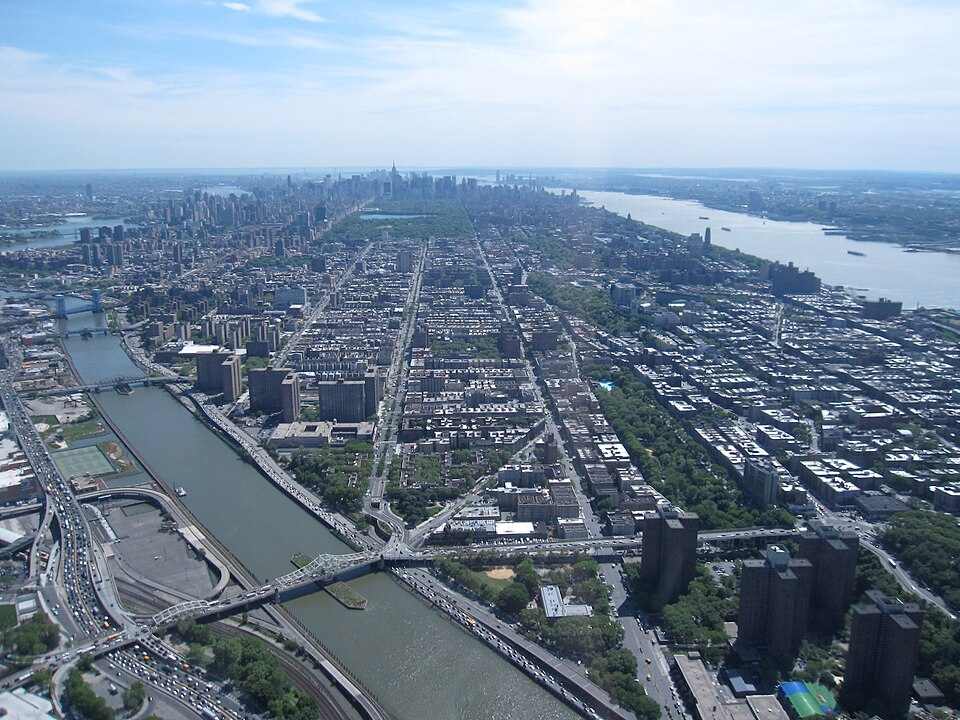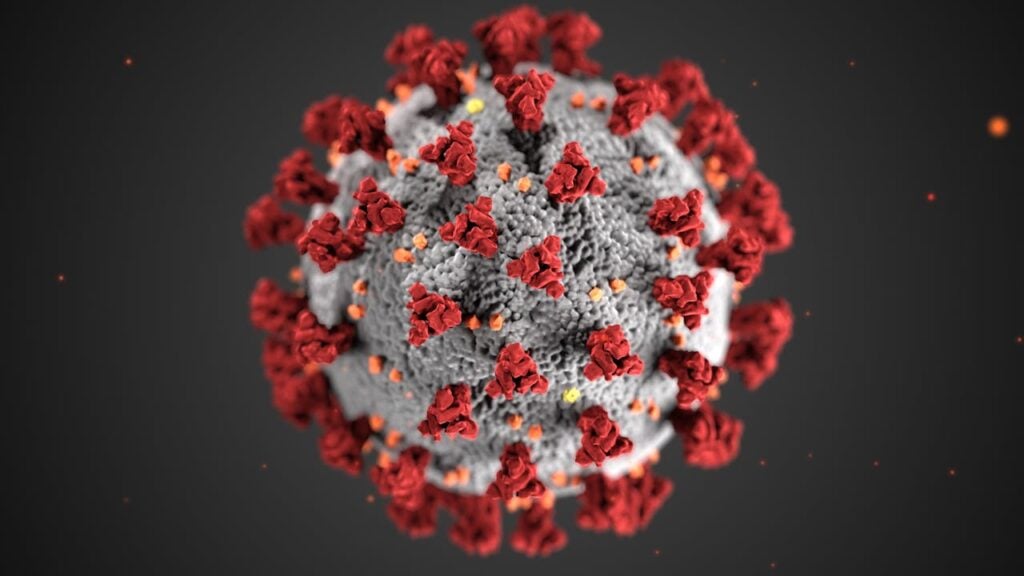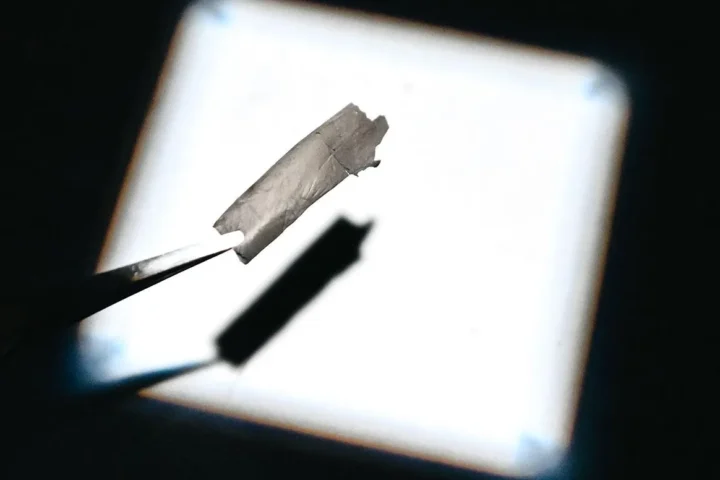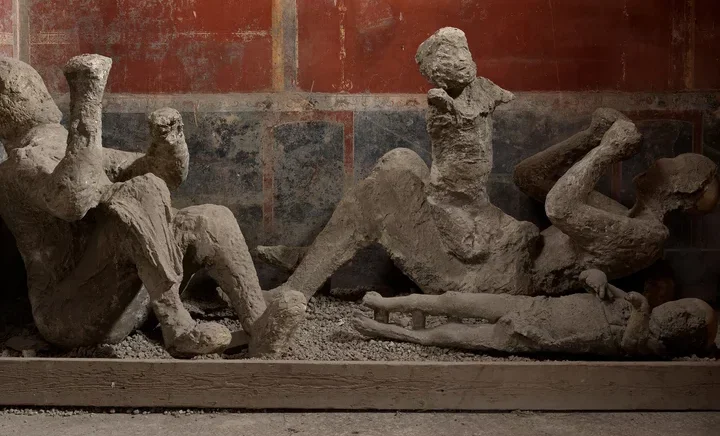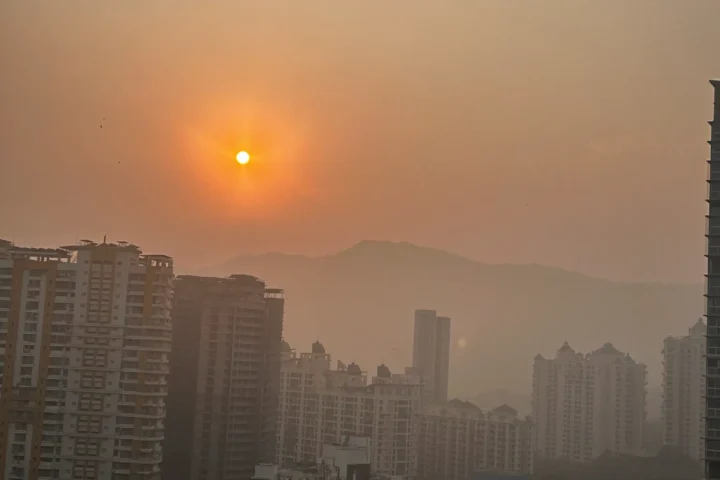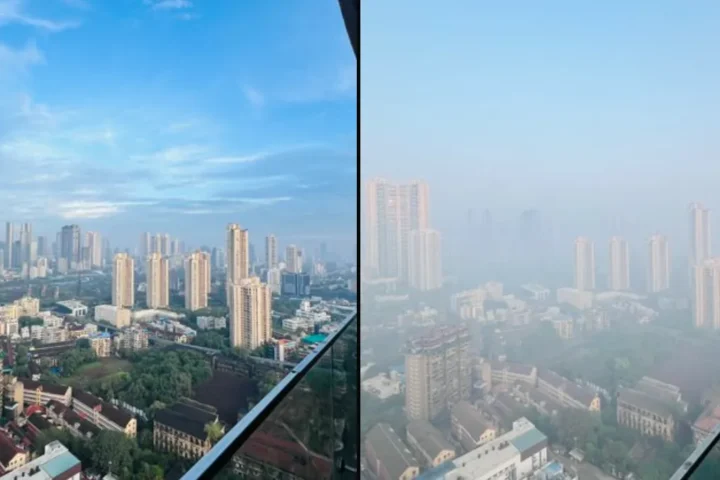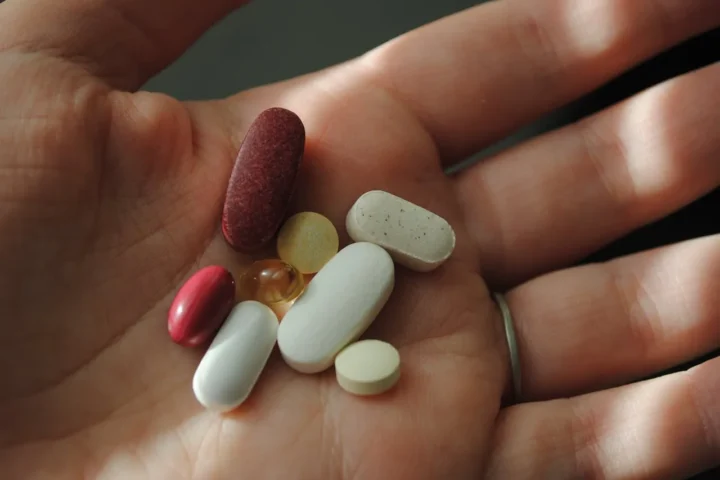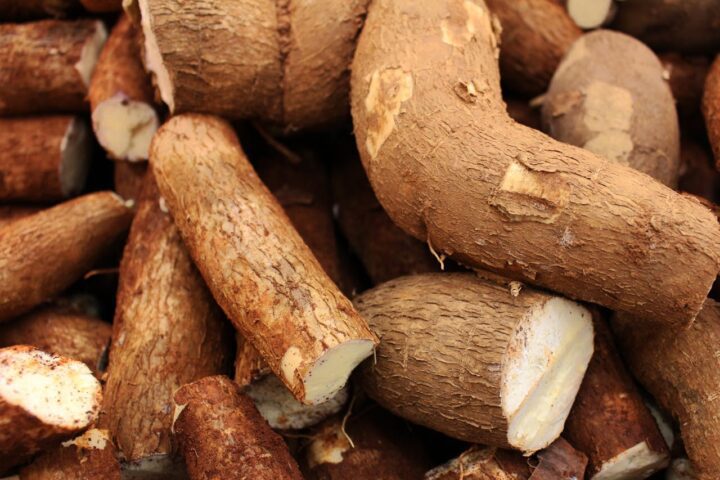Residents in Central Harlem should be on alert for flu-like symptoms as health officials work to contain a Legionnaires’ disease cluster that has affected 99 people and caused 4 deaths since late July.
The outbreak centers around ZIP codes 10027, 10030, 10035, 10037, and 10039, where 12 cooling towers across 10 buildings tested positive for Legionella bacteria. These buildings include NYC Health + Hospitals/Harlem, the Marshak Science Building at City College (CUNY), and the NYC Health Central Harlem Sexual Health Clinic.
Good news: 11 of the 12 contaminated cooling towers have already been cleaned, with the final tower scheduled for remediation by Friday. Health officials report that case numbers are now declining.
Mayor Eric Adams and city health officials said the air and drinking water are safe to use, and DOH emphasized that cooling towers are separate from normal building plumbing. DOH explained that cooling towers (large building systems that release mist) are separate from a building’s hot and cold plumbing, which is why tap water remains safe.
Legionnaires’ disease spreads when people breathe in tiny water droplets containing the bacteria – typically from outdoor mist near contaminated cooling towers. It cannot spread from person to person, and doctors can treat it with antibiotics when caught early.
If you’ve been in Central Harlem and develop a cough, fever, muscle aches, or trouble breathing, contact your doctor right away. When you go, bring a list of places you’ve visited in the past two weeks to help assess your exposure risk.
People over 50, smokers (current or former), and those with weakened immune systems or lung conditions face higher risk. Legionnaires’ disease is more common during summer and early fall when warmer temperatures help the bacteria thrive.
Doctors diagnose Legionnaires’ using urine tests, PCR, and respiratory cultures. NYC’s health alert instructs clinicians to report confirmed cases and submit samples for advanced testing to track the outbreak.
The city has ordered immediate remediation of all contaminated cooling towers and continues testing other towers in the area. Inspectors are working directly with building owners to ensure proper cleaning procedures.
Household activities — drinking tap water, showering, cooking, and using household air conditioners — are considered safe; the risk is from mist from large cooling towers.
For the latest updates and guidance, check the NYC Department of Health website.
